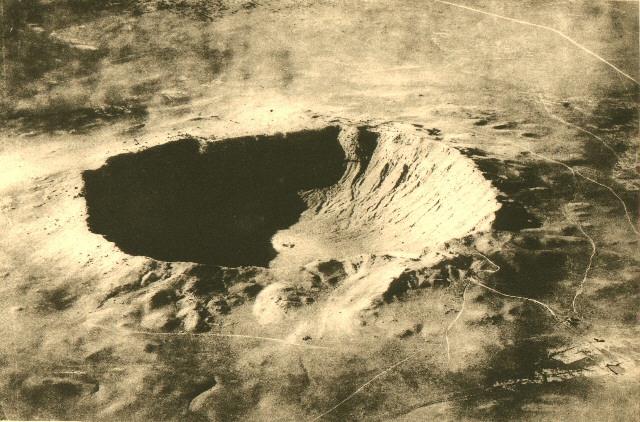This page is meant to provide a quick description of my Ph.D. research project. The research goal is to devise a way of determining the orbital parameters of (potentially hazardous) near-Earth objects (mainly asteroids and comets) based on raw data from the GAIA satellite.
As will be obvious, this page is very work in progress, as is the research.
News: On Oct 31 2005, I successfully defended my thesis. The thesis is available here (in ps.gz format)
GAIA is a space observatory (a satellite), aiming to measure the positions of an extremely large number of celestial objects; remote galaxies and quasars as well as small asteroids within our solar system. In this research project, the latter capability of GAIA will be exploited to detect and track near-Earth objects. To quote from the GAIA homepage (http://astro.estec.esa.nl/GAIA/):
GAIA will discover [..] enormous numbers of asteroids, near-Earth objects, and other Solar System bodies
GAIA should be launched around 2010-2012.
Near Earth Objects are comets and asteroids whose orbits allow them to get close to the Earth. Comets usually consist of ice and dust, whereas asteroids consist of silicates (rock) or iron and nickel. They may look cute and cuddly, but when they're roaring along at more than 100,000 km/h, you wouldn't want one to lang on your foot - or any other part of your anatomy, for that matter. Luckily, most of the objects colliding with the Earth are so small, they explode in the upper atmosphere without harming the Earth. These explosions are the cause of meteors![]() , or ``shooting stars''.
, or ``shooting stars''.
To get an idea of the energy involved, assume a spherical rock, 50 meters across, hit the Earth's surface at 30 kilometers per second (108,000 km/h). If the density of this meteorite is d = 4 tons per cubic meter, its mass would be m = volume * density = 4/3 pi r^3 d = 260,000 tons. Using the familiar E=1/2*m*v^2, the kinetic energy of this pebble is about 1.18*10^17 J. This is the amount of energy released when 26 million tons of TNT is detonated, corresponding to more than a thousand Nagasaki nuclear devices.
The explosion in the lower atmosphere of a meteorite of this size is believed to be the cause of the flattening of more than 2000 square kilometers of forest in Tunguska, Siberia in 1908. The energy involved in an impact of an object even of this modest size is food for thought. Fortunately, impacts of this magnitude will, statistically, only happen every few hundred years.
To misquote the Simpson's character, Patty Bouvier: ``The bigger they get, the cuter they ain't''.
The largest asteroid, Ceres, is about 1000 kilometers across.
Don Yeomans of NASA's Jet Propulsion Labs (http://neo.jpl.nasa.gov/) on the historical significance of NEOs:
These objects have struck the Earth in the past and they will do so in the future. It has only been relatively recently that the role of NEOs on the formation of the early Earth and Earth's life forms has been realized. Small Near-Earth Objects collide with the Earth on a daily basis. Fortunately, as the size of a NEO increases, there are fewer of them so that a collision with a truly large NEO is a very unlikely event. Nevertheless, there is a growing scientific consensus that numerous collisions of comets and asteroids with the early Earth first frustrated the development of life and then, as the bombardment lessened, these same collisions delivered to the Earth the veneer of carbon-based materials and water that allowed life to form. Subsequent, intermittent strikes by large comets and asteroid then punctuated the development of life, allowing only the most adaptable species to develop further. For example, a large comet or asteroid collided with the Earth 65 million years ago thus eliminating about 75% of the Earth's life forms including the large reptiles (dinosaurs). With the demise of these dominant creatures, the smaller but more adaptable mammals could develop further. As a result, we humans may owe our very existence to comet and asteroid impacts with the Earth. Although comets and asteroids are among the smallest of the solar systems bodies, in terms of life on Earth, their importance is in no way proportional to their size. Next to the sun itself, theirs is the most important realm.


Translated using latex2html